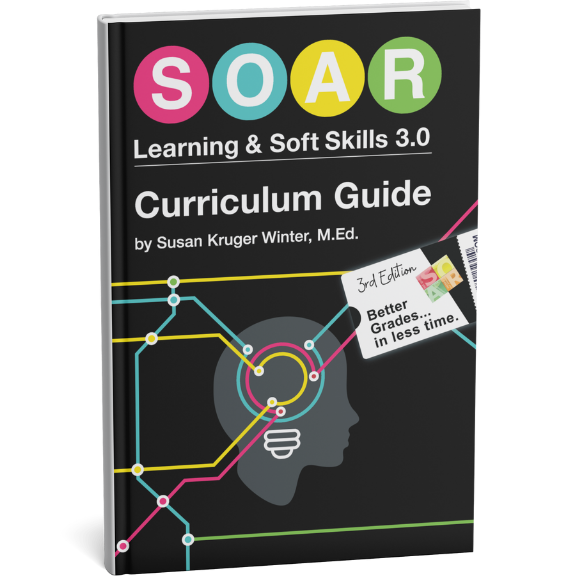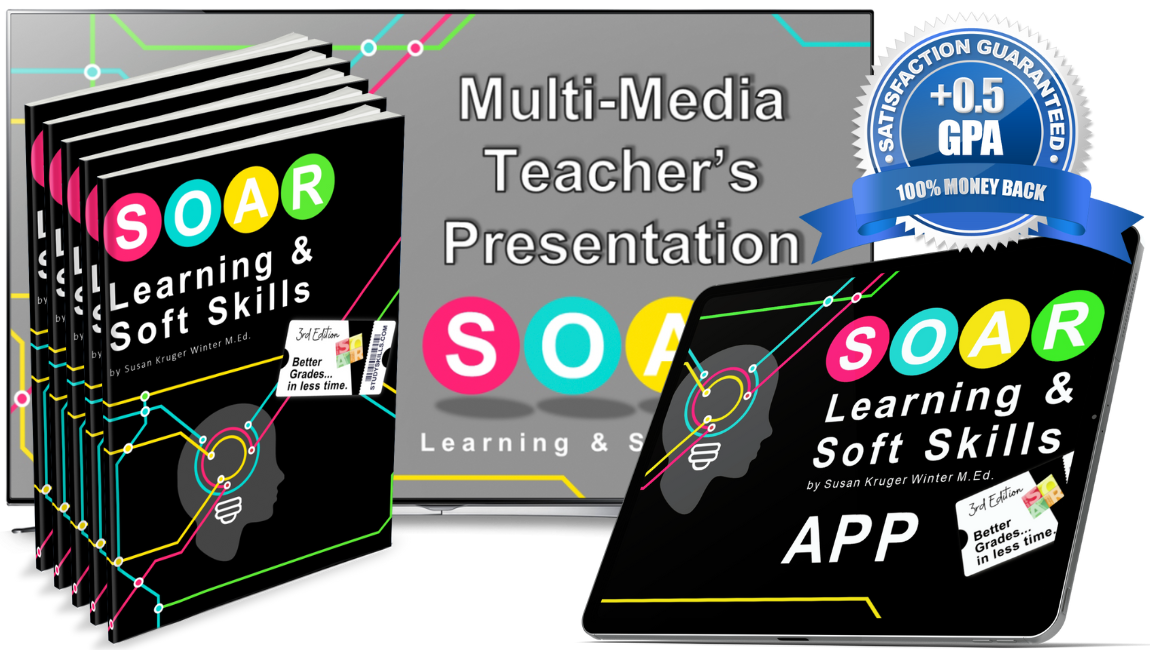Quiet Classroom: Techniques For Teachers to Tend to the “Talkers”
Ever have a hard time quieting or controlling a loud classroom? I recall from my grade school days the frustration and agony teachers would have when the class would just Not. Stop. Talking!!!!! But… have no fear! We came across an article that gives some super awesome and creative tips on how to quiet down your elementary, middle, or high school classrooms!

ENGAGING your students in the task of being quiet will lead to success (and some peace and quiet)!
One day, in front of 36 riotous sophomores, I clutched my chest and dropped to my knees like Sergeant Elias at the end of Platoon. Instantly, dead silence and open mouths replaced classroom Armageddon. Standing up like nothing had happened, I said, “Thanks for your attention — let’s talk about love poems.”
I never used that stunt again. After all, should a real emergency occur, it would be better if students call 911 rather than post my motionless body on YouTube. I’ve thought this through.
Most teachers use silencing methods, such as flicking the lights, ringing a call bell, raising two fingers, saying “Attention, class,” or using Harry Wong’s Give Me 5 — a command for students to:
- Focus their eyes on the speaker
- Be quiet
- Be still
- Empty their hands
- Listen
There is also the “three fingers” version, which stands for stop, look, and listen. Fortunately, none of these involve medical hoaxes.
Lesser known techniques are described below and categorized by grade bands:
How to Quiet Kindergarten and Early Elementary School Children
Novelty successfully captures young students’ attention, such as the sound of a wind chime or rain stick. Beth O., in Cornerstone for Teachers, tells her students, “Pop a marshmallow in.” Next she puffs up her cheeks, and the kids follow suit. It’s hard to speak with an imaginary marshmallow filling your mouth.
An equally imaginative approach involves filling an empty Windex bottle with lavender mineral oil, then relabeling the bottle “Quiet Spray.” Or you can blow magic “hush-bubbles” for a similar impact.
If you want to go electronic, check out Traffic Light by ICT Magic, which is simply a stoplight for talkers. Other digital methods include the Super Sound Box, Class Dojo, or the Too Noisy App — an Apple and Android tool that determines noise level and produces an auditory signal when voices become too loud.
Late Elementary and Middle Grade Attention Getters
Back when I taught middle school students, I would announce, “Silent 20,” as a way to conclude an activity. If students returned to their seats and were completely quiet in 20 seconds, I advanced them one space on a giant facsimile of Game of Life. When they reached the last square (which took approximately one month), we held a popcorn party.
One of the best ways to maintain a quiet classroom is to catch students at the door before they enter. During these encounters, behavior management expert Rob Plevin recommends using “non-confrontational statements” and “informal chit-chat” to socialize kids into productive behaviors, as modeled in Plevin’s video.
Two approaches for securing “100 percent attention” are modeled in a short video narrated by Teach Like a Champion author Doug Lemov — a minimally invasive hand gesture and countdown technique (“I need two people. You know who you are. I need one person . . . “).
Another idea is to use a content “word of the week” to signal that it’s time for silence. Examples: integer, renaissance, or circuit.
Quieting High School Students
Sometimes, rambunctious high school classrooms need a little longer to comply. In an ELT Notebook article, Rob Johnson recommends that teachers write the following instructions in bold letters on the chalkboard:
If you wish to continue talking during my lesson, I will have to take time off you at break. By the time I’ve written the title on the board you need to be sitting in silence. Anyone who is still talking after that will be kept behind for five minutes.
The strategy always, always works, says Johnson, because it gives students adequate warning.
Another technique, playing classical music (Bach, not Mahler) on low volume when learners enter the room, sets a professional tone. I played music with positive subliminal messages to ninth graders until they complained that it gave them headaches.
Call and Response
Below is a collection of catchy sayings that work as cues to be quiet, the first ones appropriate for early and middle grade students, and the later ones field tested to work with high school kids.
| Teacher says . . . | Students Respond with . . . | |
| Holy . . . | . . . macaroni. | |
| 1, 2, 3, eyes on me . . . | . . . 1, 2, eyes on you. | |
| I’m incredible . . . | . . . like the Hulk. Grrrrrr. (Kids flex during the last sound) | |
| Ayyyyyyyyyyyyyyyy . . . | . . . macarena. | |
| I get knocked down . . . | . . . but I get up again, you’re never going to keep me down. | |
| Oh Mickey, you’re so fine . . . | . . . you’re so fine, you blow my mind — hey Mickey. | |
| The only easy day . . . | . . . was yesterday. (A Navy Seals slogan) |
Implementation Suggestions
For maximum effect, teach your quiet signal and procedure, as demonstrated in these elementary and high school classroom videos. Next, have kids rehearse being noisy until you give the signal for silence. Don’t accept anything less than 100 percent compliance. Then describe appropriate levels of noise for different contexts, such as when you’re talking (zero noise) or during a writing workshop (quiet voices), etc.
If a rough class intimidates you (we’ve all been there), privately practice stating the following in an authoritative voice: “My words are important. Students will listen to me.” Say it until you believe it. Finally, take comfort in the knowledge that, out of three million U.S. educators who taught today, two or three might have struggled to silence a rowdy class.
How do you get your students’ attention?
Next time your class is filled with “chatty Cathy’s and Carl’s,” try using some of these cool techniques to quiet them down. I know that if my teachers had had a fun slogan or saying to repeat back to them, I probably would have listened a lot better!
I wouldn’t recommend playing dead, but ENGAGING your students in the task of being quiet will lead to success (and some peace and quiet)! Making things fun and entertaining will allow students to enjoy the experience.
Even the tips for dealing with high school students would have worked for me. If you threaten my break time (more like socializing time) that would have shut me right up! Kids don’t want to lose out on an opportunity to hang out with their friends. So if all else fails and the “fun” techniques aren’t working, don’t be afraid to put the hammer down!
To continue to learn how to conquer the chaos of your classroom, get our free guide from the black box on the right hand side of this page.
To read the full article, 30 Techniques to Quiet a Noisy Class, by Todd Finley, click here.
Six Steps
Conquer the Chaos
Get Our Free Guide & Information on...
 How to Organize & Motivate Students for Success
How to Organize & Motivate Students for Success
"*" indicates required fields
Get Our FREE Curriculum Guide!
The SOAR® Curriculum
The most critical learning, organizing, and communication skills needed for school. Learn more here.
Who’s Using SOAR®?
SOAR® Guarantee
Click here to learn more.




